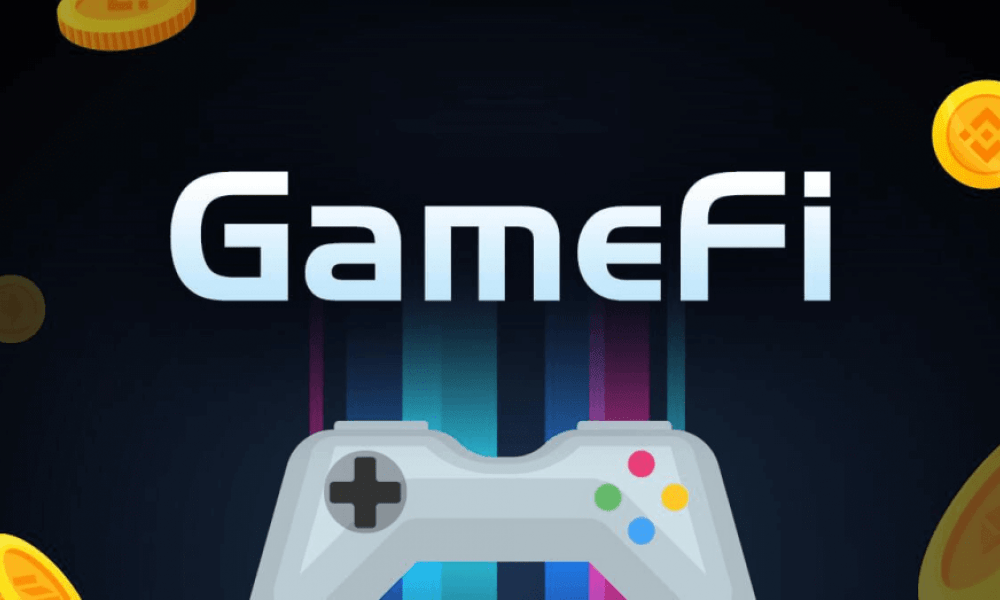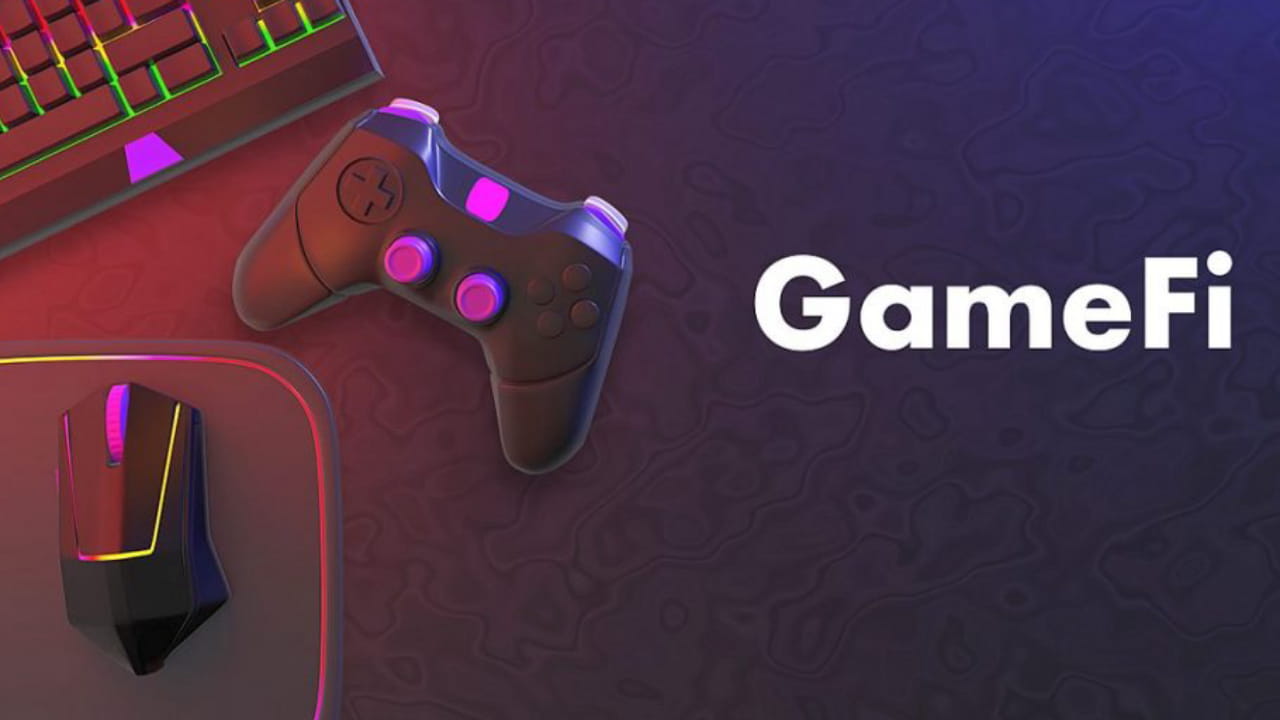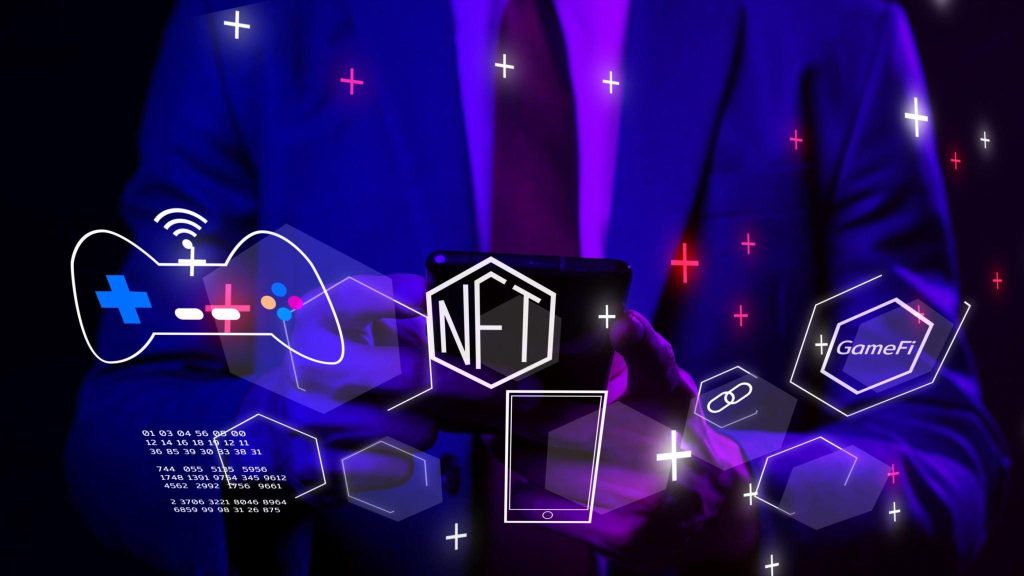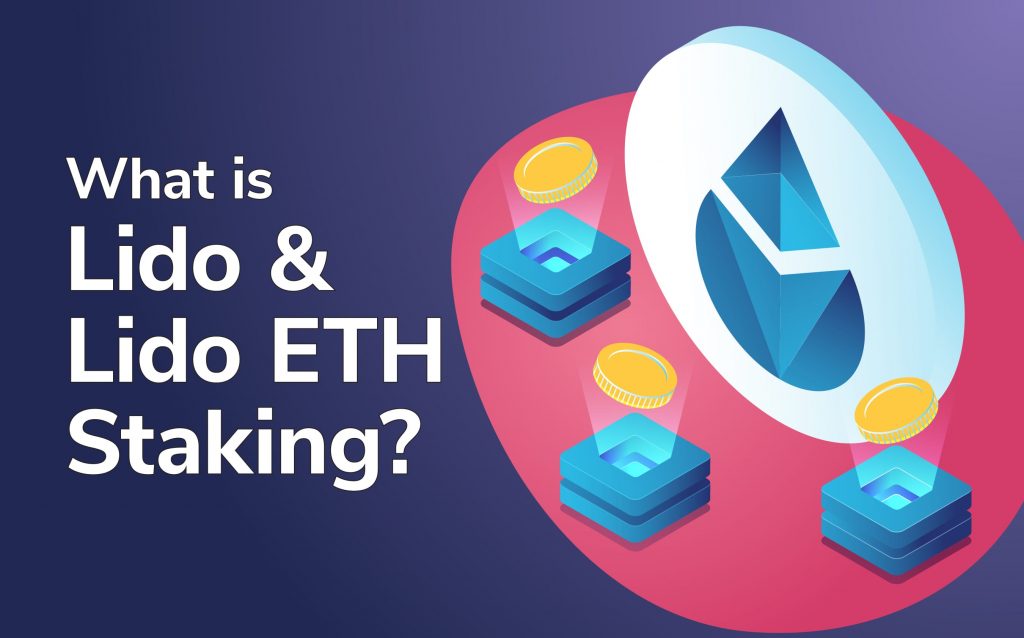Exploring the GameFi Ecosystem A Comprehensive Beginner’s Guide

In recent years, a captivating phenomenon has emerged at the intersection of gaming and finance, where digital landscapes offer not just entertainment but also the potential for economic gain. This evolution has sparked the curiosity of many, inviting players and investors alike to explore new avenues for engagement and enrichment. As traditional concepts of gaming meld with innovative financial structures, a unique environment has begun to take shape that prioritizes user participation and rewards.
At its core, this vibrant domain empowers individuals to immerse themselves in interactive experiences while simultaneously benefitting economically. With digital assets at play, participants can cultivate their skills, build communities, and forge alliances, opening doors to unprecedented opportunities. As the lines between leisure and revenue blur, understanding the key components of this thrilling landscape becomes essential for anyone eager to navigate its complexities.
As we delve deeper into this intriguing topic, we will uncover the foundational elements and critical aspects that define this burgeoning realm. From virtual currencies to decentralized platforms, the mechanisms at work offer a wealth of possibilities that continue to evolve. Whether you are a gamer seeking new experiences or an investor looking for innovative projects, there is much to discover in this dynamic and ever-changing world.
Overview of GameFi: What It Is
The fusion of entertainment and finance has birthed a new realm where players can engage with digital worlds while simultaneously accruing monetary value. This innovative domain merges traditional gaming elements with blockchain technology, creating unique experiences that allow participants to not only play but also earn rewards through their activities.

Defining the Concept
This new trend revolves around a few key components that shape its operation:
- Decentralization: By leveraging blockchain, ownership and control shift from centralized entities to individual users, ensuring fairness and transparency.
- Play-to-Earn Model: Unlike conventional gaming that focuses solely on entertainment, this paradigm enables users to generate income through gameplay, rewards, and trading.
- Digital Assets: Players have the ability to own and trade unique items, characters, or virtual real estate, often represented as non-fungible tokens (NFTs).
Benefits and Opportunities
Exploring this new frontier presents several advantages:
- Financial Incentives: Participants can earn real value that can be exchanged for currency or used within the ecosystem.
- Community Engagement: Players often connect with like-minded individuals, fostering a dynamic and collaborative environment.
- Innovation: The confluence of gaming and finance opens doors to creative solutions and novel gameplay experiences.
This intriguing blend continues to draw attention, shaping the future of interactive entertainment in unforeseen ways.
Key Features of GameFi Platforms
In the rapidly evolving landscape of online gaming, certain defining characteristics set these platforms apart from traditional models. These unique elements create a dynamic environment where players can immerse themselves not only in gameplay but also in financial opportunities. A blend of innovation and interaction attracts users, enabling a seamless experience that bridges entertainment and investment.
One of the most prominent features is the integration of blockchain technology, which ensures transparency and security in transactions. This technology allows players to truly own in-game assets, rendering them tradable on various marketplaces. Additionally, many platforms incorporate decentralized finance (DeFi) elements, giving participants opportunities to earn rewards through staking or yield farming.
Another noteworthy aspect is the community-driven model that fosters engagement and collaboration. Users often have a voice in shaping the platform’s future, enabling a sense of belonging and investment in the community, enhancing player loyalty. These platforms also frequently offer unique gaming experiences that reward skill and strategy, often leading to tangible benefits beyond entertainment.
Furthermore, cross-platform compatibility is essential, allowing players to access content seamlessly across devices. This flexibility enhances user experience, making it easy to transition between gaming on consoles, PCs, or mobile devices. As these features converge, they create an inviting space where leisure and financial activities coexist harmoniously.
Different Types of GameFi Games
The realm of blockchain gaming encompasses a diverse range of experiences, each offering unique features and incentives for players. By blending gaming mechanics with financial elements, these titles create engaging environments where users can earn rewards, trade assets, and invest their time and effort into virtual worlds.
- Play-to-Earn:
Titles that allow participants to earn real-world rewards through in-game activities. Players typically complete challenges or participate in competitions to gain tokens or other valuable items. - Collectible Games:
These platforms focus on acquiring, trading, and showcasing virtual assets, such as unique characters, cards, or items. Each collectible often has its own rarity and value, encouraging community involvement and trading. - Virtual Real Estate:
In this genre, users can buy, sell, and develop virtual lands and properties. Players can build structures, host events, and engage in social interactions within these digital spaces. - MMORPGs (Massively Multiplayer Online Role-Playing Games):
These expansive environments allow players to embark on quests, collaborate with others, or engage in player-versus-player (PvP) contests. Many of these titles offer mechanisms for earning tokens or rewards based on in-game achievements. - Strategy Games:
Players must use tactical skills and planning to succeed. These games often incorporate elements such as resource management, building armies, and competing against other players for dominance.
In this dynamic domain, each type of game presents distinct mechanics and opportunities, catering to various interests and playstyles. Exploring these genres allows participants to find the experiences that align with their preferences, making the journey through this innovative landscape all the more exciting.

How to Get Started in GameFi
Diving into this innovative realm can be an exciting journey filled with opportunities. It’s essential to familiarize yourself with the fundamentals that will pave the way for a rewarding experience. Engaging with virtual worlds, earning rewards, and participating in communities are some of the main aspects that define this sector.
Firstly, explore various platforms that offer diverse gaming experiences. Look for ones that resonate with your interests and let you interact with others. Each platform may have its own unique features and mechanics, which can enhance your engagement.
Next, consider setting up a digital wallet. This is crucial for managing assets and participating in transactions within these interactive spaces. Choose a wallet that aligns with your needs, ensuring it supports the tokens used in your chosen games.
Once your wallet is ready, research the current titles available. Some games may require an initial investment, while others may allow you to start for free. Assess their gameplay, community involvement, and potential rewards to find the perfect fit for your style.
Don’t forget to join communities, whether on social media platforms or dedicated forums. Networking with fellow enthusiasts can provide valuable insights and tips to enhance your journey. Engaging with others can also keep you updated on the latest trends and opportunities.
Lastly, stay informed about risk management. As with any investment, it’s vital to understand the potential risks involved. Educate yourself on market trends and approach your ventures with a balanced mindset, ensuring that any steps you take align with your personal goals.
Understanding Tokenomics in GameFi
In the rapidly evolving landscape of blockchain-based gaming, the economic models that underpin virtual currencies play a critical role in shaping player experiences and engagement. These models dictate how assets are created, distributed, and utilized within gaming environments, influencing both the gameplay and the community as a whole. A comprehensive grasp of this economic framework is essential for effectively navigating and participating in these digital realms.
Tokenomics encompasses various aspects, including the creation of tokens, their distribution methods, and the mechanisms that drive value within a gaming platform. By examining these elements, enthusiasts can better appreciate how in-game currencies function, the incentives for players, and the potential for investment opportunities.
Furthermore, the design of token supply and demand balances influences game longevity and player retention. It is crucial for developers to establish a sustainable model that encourages active participation while preventing inflationary pressures. Through careful planning and execution, the tokenomics of a gaming project can foster a vibrant community, enhancing both player satisfaction and economic viability.
Ultimately, a deep dive into this economic strategy can illuminate the complex interplay between gameplay and finance, revealing how such integrations can lead to innovative experiences that go beyond traditional gaming paradigms.
The Future of Gaming and Finance
The convergence of interactive entertainment and monetary systems presents a transformative vision for both fields. As technology continues to advance, the potential for increased engagement and monetization within gaming experiences has never been greater. This evolution reflects a shift in how participants interact with virtual assets and, by extension, how they perceive value in both play and investment.
Innovative Trends
Recent developments signify a profound change in the landscape. The introduction of decentralized platforms allows players to own their in-game items, facilitating a genuine sense of ownership and investment. This shift encourages players to engage more deeply, knowing their efforts can yield tangible benefits beyond mere enjoyment.
Economic Opportunities
With this integration, new financial models emerge, reshaping the dynamics of traditional payment systems. Participants can now earn rewards, trade assets, and even participate in governance, blurring the lines between consumer and investor. This paradigm fosters a vibrant marketplace where players become stakeholders in their gaming adventures.

| Aspect | Current State | Future Vision |
|---|---|---|
| Player Engagement | Limited to gameplay | Active financial participation |
| Asset Ownership | Controlled by developers | Decentralized ownership |
| Reward Systems | In-game currency | Real-world value |
| Market Dynamics | Fixed pricing | Dynamic trading |
Q&A: A beginners guide to the gamefi ecosystem
What is GameFi and how does it differ from traditional gaming?
GameFi, a blend of gaming and decentralized finance (DeFi), refers to a sector within the blockchain space where games incorporate financial elements like earning tokens or cryptocurrencies. Unlike traditional gaming, where players purchase in-game items and currencies that they do not truly own, GameFi allows players to own their assets as non-fungible tokens (NFTs) that can be traded or sold. This creates a new economy where players can potentially earn real money, not just virtual currency, by playing games. As a result, GameFi transforms the player’s engagement and value in the gaming world.
How can I get started with GameFi as a beginner?
To begin your journey in GameFi, start by researching different GameFi platforms and games to understand their mechanics, economics, and community. Create a digital wallet that supports cryptocurrencies and NFTs, such as MetaMask. Once you have your wallet, purchase some cryptocurrency (like Ethereum) from an exchange to fund your gaming adventures. Finally, explore various GameFi projects and select a game to play. It’s crucial to engage with the community, follow developments, and understand the risks involved, as many GameFi projects are still developing and can be quite volatile.
What are NFTs, and what role do they play in GameFi?
NFTs, or non-fungible tokens, are unique digital assets verified using blockchain technology. In GameFi, NFTs represent ownership of in-game items, characters, or even entire games. They allow players to truly own their assets, enabling trades between players or sales on various marketplaces. This ownership incentivizes players, as they can earn money from their efforts both in and out of the game. Moreover, players can have unique collectibles, enhancing the gaming experience and fostering a vibrant marketplace for buying and selling digital items.
What are the potential risks involved in participating in the GameFi ecosystem?
While GameFi presents exciting opportunities, there are several risks to consider. First, the volatility of cryptocurrencies can lead to substantial financial losses. Games and platforms may also fail, leading to lost investments. Additionally, the GameFi space can be rife with scams and unethical projects. As a beginner, it’s essential to conduct thorough research on any game or platform before investing time and money, carefully reading whitepapers, understanding community sentiments, and considering only reputable projects to minimize risks.
Is it possible to earn a significant income from GameFi, and how?
Yes, it is possible to earn a significant income from GameFi, but it often requires time, skill, and strategic planning. Players can earn by participating in play-to-earn models, where they receive tokens or NFTs for their gameplay. Additionally, some players engage in trading NFTs on marketplaces or investing in promising GameFi projects early on. However, the degree of success varies widely among individuals, influenced by game choice, market conditions, and personal gaming abilities. As with any investment, it’s important to set realistic expectations and be prepared for potential losses.
What is GameFi and how does it differ from traditional gaming?
GameFi, or Game Finance, combines gaming and decentralized finance (DeFi), allowing players to earn and trade cryptocurrency or non-fungible tokens (NFTs) while playing games. Unlike traditional gaming, where players invest time and money but do not gain financial returns, GameFi introduces economic incentives into gameplay. Players can earn token rewards by completing in-game challenges or participating in decentralized ecosystems, creating a model where gaming not only serves for entertainment but also as a source of income and investment.
What are the main components of the GameFi ecosystem that beginners should be aware of?
The GameFi ecosystem consists of several key components that beginners should understand: 1) Blockchain Technology: Most GameFi projects are built on blockchain networks that provide transparency and security for digital assets. 2) NFTs: Non-fungible tokens represent unique in-game items or characters, which players can buy, sell, and trade. 3) Tokens: GameFi projects often introduce their native cryptocurrencies that players can earn or use for transactions within the game. 4) Play-to-Earn Model: This model allows players to earn rewards through gameplay, contrasting with the “pay-to-play” model of many traditional games. 5) DAOs (Decentralized Autonomous Organizations): Some GameFi projects involve community governance, where token holders can vote on important decisions, influencing the development and economy of the game. Understanding these components is fundamental for anyone looking to navigate the GameFi landscape effectively.
How does GameFi work and how does it differ from traditional video games?
GameFi, a fusion of gaming and decentralized finance (DeFi), enables players to earn crypto and NFTs by participating in blockchain-based games. Unlike traditional video games, where players only spend money to enjoy the experience, GameFi allows gamers to earn game assets that are stored on the blockchain and can be traded or sold on NFT marketplaces. Popular GameFi projects like Axie Infinity offer players the opportunity to earn rewards through gameplay, transforming the gaming industry by combining entertainment with financial incentives.
What are the key elements of a successful P2E (play-to-earn) game?
A successful play-to-earn (P2E) game typically features a well-designed ecosystem where players can earn tokens, NFTs, and other digital assets by participating in the game. These assets are often stored on the blockchain, giving players true ownership. The game’s economy is built around the integration of crypto elements, such as in-game purchases, NFT rewards, and the ability to trade assets within the game’s ecosystem. Popular P2E games like Axie Infinity have shown that a thriving player base and engaging gameplay mechanics are essential for success in GameFi.
How does the metaverse influence the growth of GameFi?
The metaverse is deeply connected to the rise of GameFi, as it offers a virtual world where players can interact, earn, and engage in blockchain games. GameFi projects are increasingly integrating metaverse elements, creating expansive, immersive environments where gamers can participate in play-to-earn experiences. The combination of virtual reality, blockchain technology, and decentralized finance within the metaverse enhances the appeal of GameFi by offering an expansive gaming ecosystem that bridges entertainment, social interaction, and financial rewards.
What are some popular GameFi platforms and how do they operate?
Popular GameFi platforms such as Axie Infinity, Decentraland, and The Sandbox offer decentralized gaming experiences where players can earn cryptocurrency and NFTs by participating in various in-game activities. These platforms operate on the blockchain, allowing players to buy, sell, and trade game assets. GameFi platforms typically include features like governance tokens, NFT-based assets, and staking rewards to encourage player engagement. Players can earn by completing quests, battling in-game opponents, or participating in virtual economies, creating a dynamic gaming ecosystem.
What is the future of GameFi, and how is it transforming the gaming industry?
The future of GameFi looks promising as more game developers integrate blockchain technology into their games. GameFi is transforming the gaming industry by offering players new ways to earn money through gaming while also introducing blockchain-based ownership, where in-game assets are stored on the blockchain. As the popularity of NFTs and crypto gaming grows, new GameFi projects are emerging, and the ecosystem is evolving to offer greater interactivity, value, and opportunities for players to monetize their gaming experiences.



